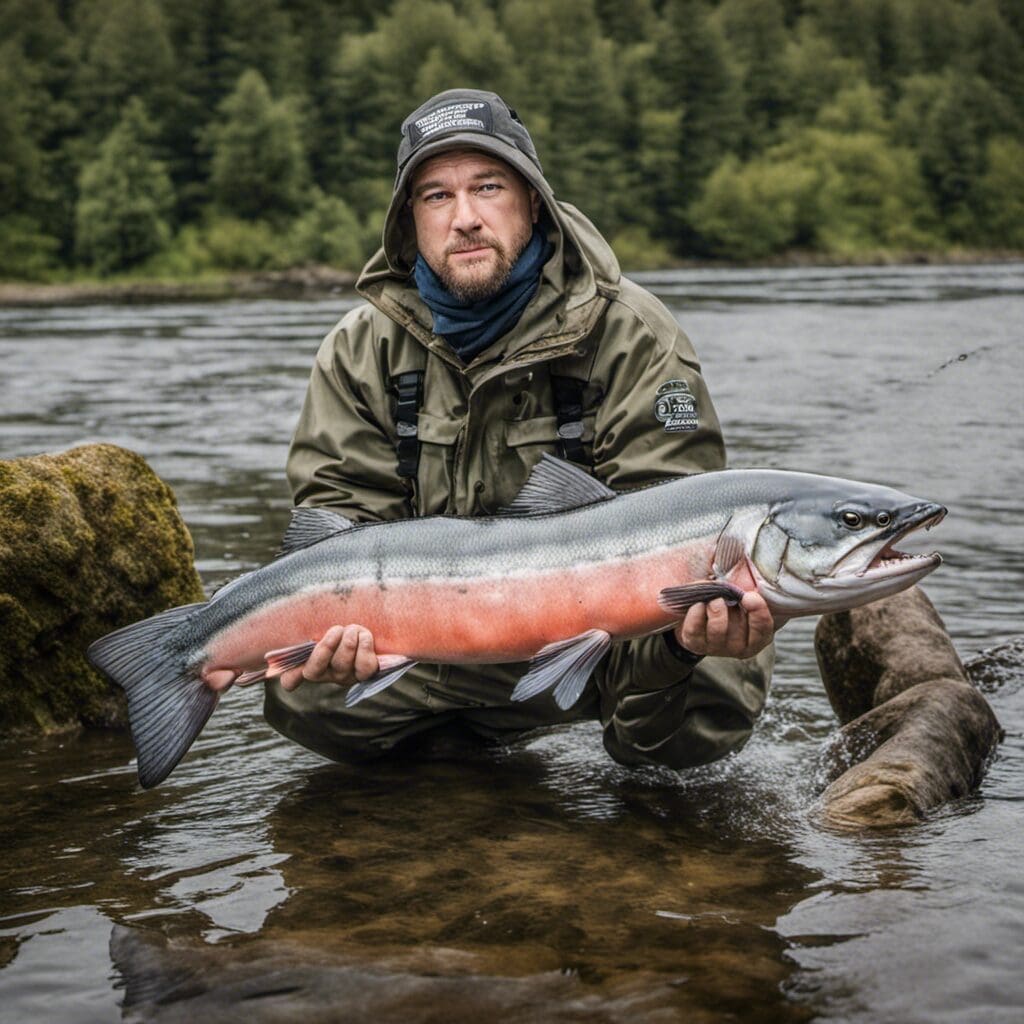Introduction
Chum Salmon, scientifically known as Oncorhynchus keta, is a species of fish belonging to the Salmonidae family and is also commonly known as Dog Salmon or Keta.
Conservation Status
Chum salmon is currently classified as “Least Concern” by the IUCN Red List. Conservation efforts for this species typically include habitat restoration and setting aside protected spawning areas.
Statistics
| Statistics | Average | Range |
|---|---|---|
| Length | 60 cm | 40-100 cm |
| Weight | 4.5 kg | 2-10 kg |
| Average Lifespan | 3-6 years |
Distribution
Chum salmon are distributed throughout the northern Pacific Ocean, including the waters of Japan, the Bering and Okhotsk seas, Alaska, and the Pacific coastline of Canada and the United States. They migrate up rivers and streams to spawn.
Habitats
Chum salmon live in saltwater but spawn in freshwater. They prefer colder water temperatures, typically between 5.6°C and 14.6°C.
When and Where to See
Chum salmon are most typically observed during their fall spawn, from October to December. They can be viewed at all times of the day, with the preferred time being around dusk and dawn.
Best Fishing Locations
Chum salmon can be found in numerous rivers and coastal areas around the Pacific Ocean. Notable locations include:
- Kenai River, Alaska
- Frasier River, Canada
- Puget Sound, United States
- Hokkaido, Japan
- Amur River, Russia/China
How to Catch
Favored baits and lures for chum salmon include cured salmon roe, spinners, and flies. Fly fishing, trolling, and drift fishing are popular techniques. The best time of day to fish for them is typically early morning or late evening.
Identification Guide
Chum salmon are silver-blue in color with a dark, speckled back and a white belly. They are distinguished by their large size, large mouth and sharp, canine-like teeth.
Culinary
Chum salmon is lean yet flavorful, with a unique taste profile that is mild and slightly sweet. It is rich in omega-3 fatty acids, protein, and vitamin D. It can be grilled, smoked, or canned.
Additional Information
Chum salmon are omnivorous and feed on a variety of insects, crustaceans, and small fish. They are known to be aggressive, particularly during the mating season. Natural predators include bears, eagles, and larger fish species.
References and Further Reading
- NOAA Fisheries: Chum Salmon
- Alaska Department of Fish and Game: Chum Salmon
- IUCN Red List: Chum Salmon

